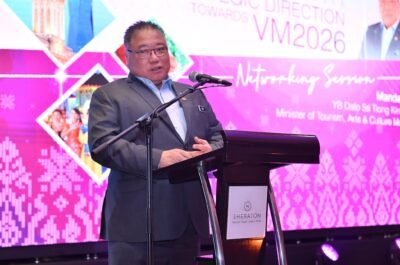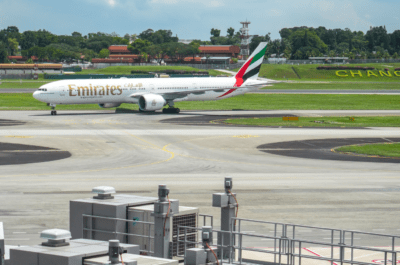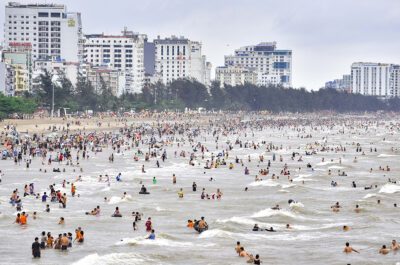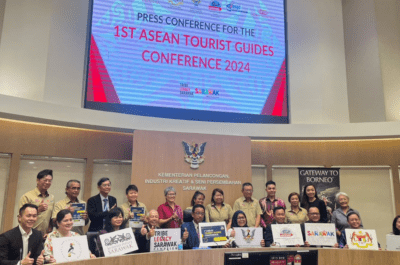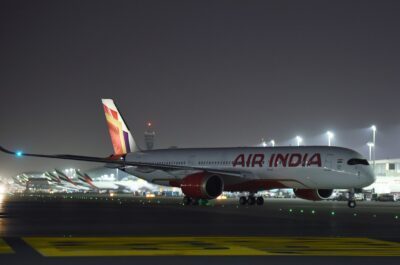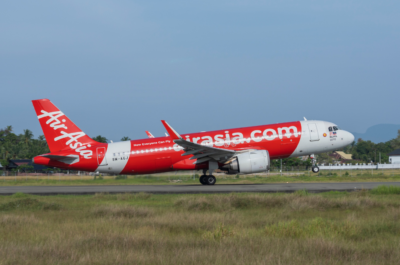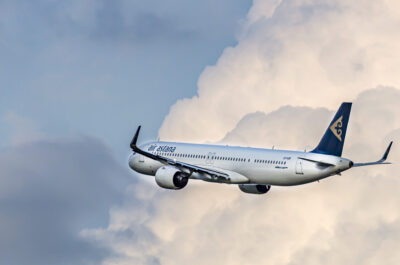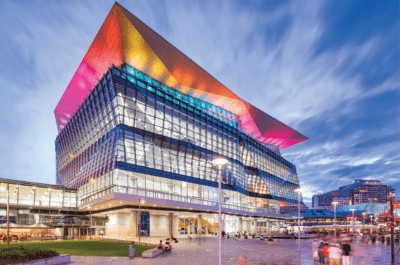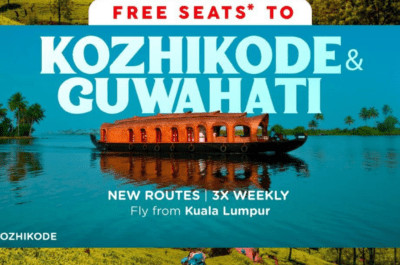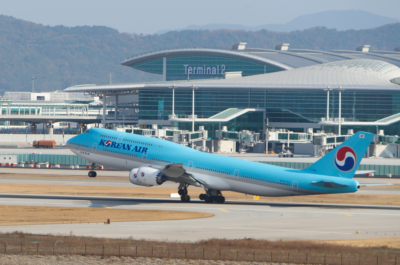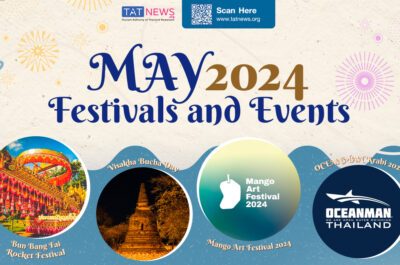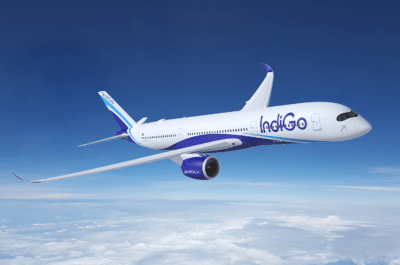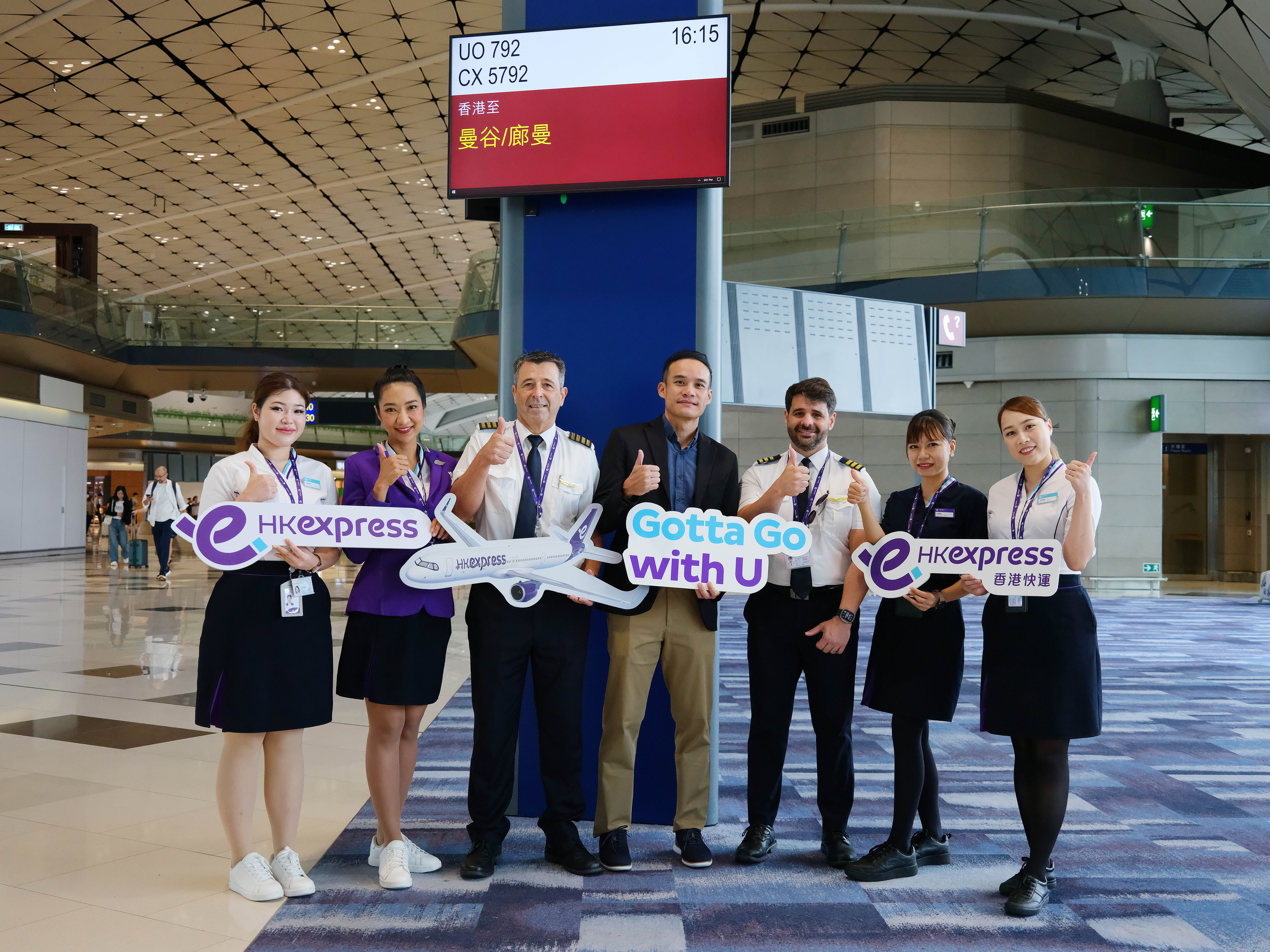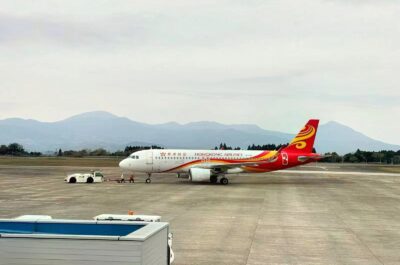In 2010 only 13 million Indian outbound departures were recorded (about 1% of the population). Nevertheless, the World Tourism Organisation (UNWTO) estimates that there will be 50 million outbound Indian travellers by 2020, rising to 80 million by 2030.
I’m writing this in transit from Delhi to Mumbai while participating in Australian Business Week in India. It is the largest overseas trade mission to India by any country: some 450 delegates at a senior level (c-suite or director level) across many industries.
So far it has been an exhilarating but exhausting trip, including meetings with Air India and other tourism industry stakeholders.
Leaders from many industry streams including cultural services (my sector on this trip), agriculture, technology, education, health, resources, sport, life sciences, health and assisted living, water and tourism, are all here.
Bilateral relations have a good foundation. There are India-Aussie synergies such as English language, love of cricket, and a desire to be friends before we work together. And there are opportunities: a fast growing Indian-Australian population, a huge education market (which boosts VFR travel), the presence of direct air links (Air India flies from Delhi to Sydney and Melbourne). More importantly, the Indian market wants to hear from us.
The economics and demographics are compelling too. According to Amadeus and Frost & Sullivan India’s middle class is forecast to grow from 5% of the population now to 50% by 2030 – only 15 years away. Because India is forecast to outpace the world average on population growth, that will mean a market of 750 million – over twice the size of Europe and a lot physically closer.
Of course, not all of India’s middle class will travel overseas. In 2010 only 13 million Indian outbound departures were recorded (about 1% of the population). Nevertheless, the World Tourism Organisation (UNWTO) estimates that there will be 50 million outbound Indian travellers by 2020, rising to 80 million by 2030.
Their expenditure is already significant. In 2011, Indian outbound travellers spent $US13.3 billion on international travel.
Tourism Australia anticipates India will be worth $AUD1.9 billion-2.3 billion to the Australian economy in five years’ time (up from $AUD0.7 billion in 2013).
Furthermore, 47% of Indian arrivals to Australia in 2013 were repeat visitors.Indian visitors like to come and spend again.
Unfortunately, despite this amazing opportunity only two businesses are representing Australia from travel and tourism on this trip: Sydney Airport and Sovereign Hill.
That said, as we go around India, my stream of Australian business representatives is full of amazing people. They are here to help India fulfill its enormous inbound tourism potential. Australia offers India world-leading skills in interpretation, heritage conservation and planning.
The education stream on this trip has globally-recognised institutions. They are here to support Indian tourism businesses by training the next generation of tourism leaders. Our industry is missing a fantastic opportunity. India is waiting to hear from us – they want to be our friends.
So wake up folks! Australia’s tourism, hospitality and destination marketing leaders need to open their eyes and embrace India.
Carolyn Childs is co-founder of MyTravelResearch.com


